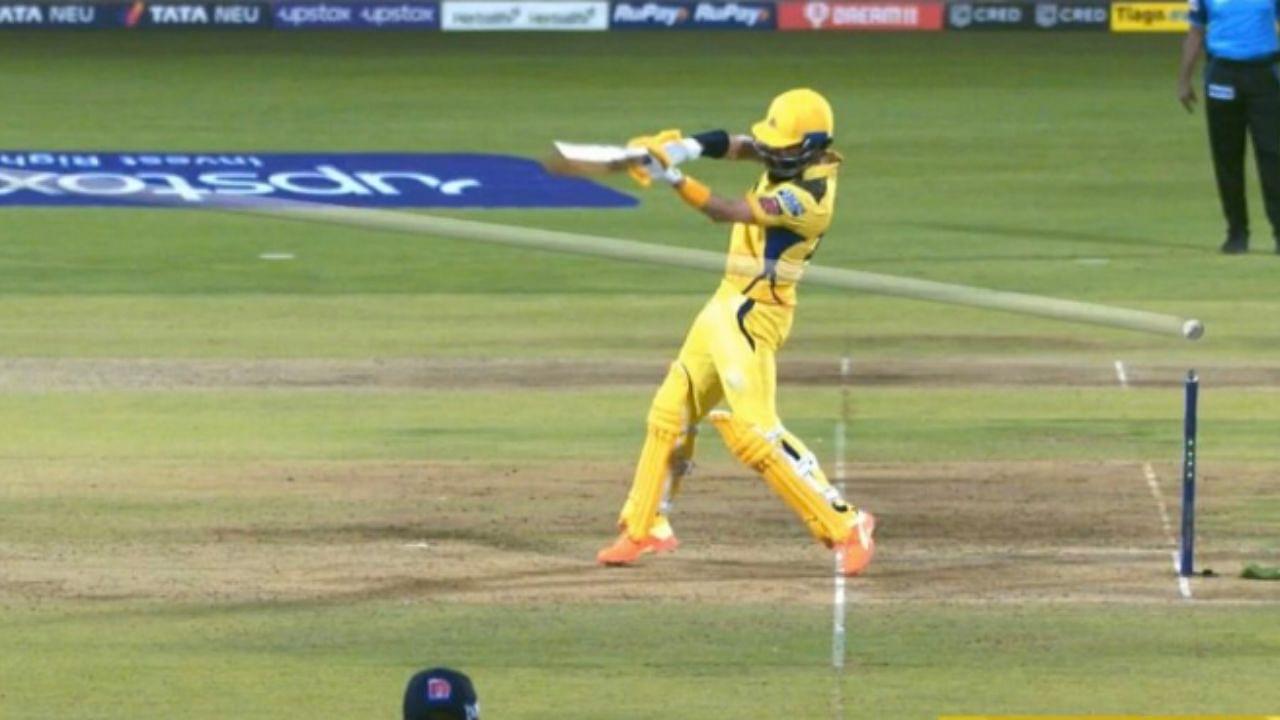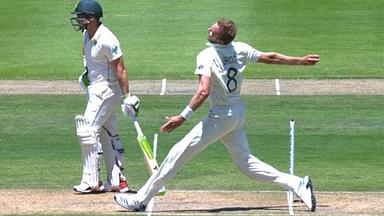In this day and age of T20 Cricket where entertainment value is derived from how brutal a team’s batters have been on the opposition bowlers, some of the laws of the game have not only handed the former some additional advantage, but had also made sure that the bowlers pay the penalty for committing an error in a format which is usually unforgiving for them.
Advertisement
Royal Challengers Bangalore bowler Harshal Patel, for instance, was victim of one such law of Cricket pertaining the waist-height No Ball, during his team’s match against the Chennai Super Kings at the M Chinnaswamy Stadium in Bengaluru.
While bowling the final Over of the innings, Patel bowled a waist-height No ball – where a bowler bowls a Full Toss above the batter’s waist, during the second and again on the third delivery as well.
Resultantly, he was not allowed to bowl the remaining four deliveries of the Over, which then had to be completed by Glenn Maxwell.
What are the Waist Height No Ball Rules in Cricket?
As per the latest code of laws published by the MCC in the year 2017, Law 41.7 -Bowling of dangerous and unfair
non-pitching deliveries, imposes penalties on a bowler who bowls a full toss over the batter’s waist, which are as follows:
– A ball of any speed over waist height will be deemed to be a No ball and dangerous.
– Only one warning is given, so a bowler will be suspended for two full tosses over waist height at any speed.
What did the earlier law state?
Earlier, as per the 2000 code, two warnings used to be given to the bowler, with a third infringement seeing him/her removed from the attack. Thus, a bowler was allowed to bowl two waist-height No Balls and could still bowl further until he did not bowl a third above waist-height No Ball.
The law also allowed slow deliveries above the waist height – which were not deemed to be dangerous.


